Grounding Faith in Reality? (I.D. IV)
Dembski cites in chapter 1 a series of Old and New Testament wonders that illustrate how signs from God instill not just awe but conviction in us — for he will later make the argument that the outcomes of earthly biological evolution are a sign from God, that we might believe in Him.
The bodily resurrection of Jesus Christ is Dembski's topic in section 1.6 (pp. 40-44). In discussing it, he brings up a point I find crucial, though I'm not really in agreement with it:
For signs to induce conviction they actually have to occur. It is not enough to pretend a sign has occurred or to wish that it had occurred. According to [the Basque-Spanish writer and philosopher] Miguel de Unamuno [in 1913's The Tragic Sense of Life], "To believe in God is to yearn for His existence and, furthermore, it is to act as though He did exist." The faith de Unamuno describes is not grounded in reality. The faith confirmed by signs is. (p. 42)
Wikipedia's article on Miguel de Unamuno says:
Unamuno's philosophy was not systematic, but rather a negation of all systems and an affirmation of faith "in itself."
 |
| Miguel de Unamuno |
My mantra is accordingly, I have decided, "Where there is no room for doubt, there is no room for faith." So when I read in Dembski's book that the resurrection is to be taken as a sign "grounded in reality," I recognize in Dembski a radically different epistemology than the one I seem to be developing, which I assume is that of Unamuno, too. (It sounds like I may have in Unamuno a kindred spirit, one whose writings and thought I need to explore.)
So I want, if nothing else, to crystallize in this post this particular difference between Dembski and me. Obviously, Dembski needs his faith to be "grounded in reality," such that material "facts," like Christ's tangible bodily resurrection, can be read as a sign to convince us beyond a reasonable doubt of God's existence and program for us.
In my view, that makes Dembski like Christ's "doubting" apostle Thomas, who had to feel the risen Jesus's wounds to believe.






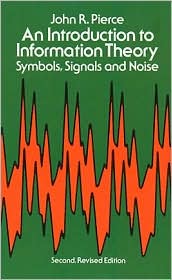

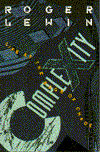
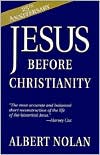
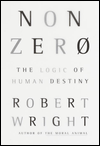

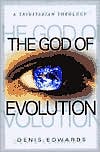





0 Comments:
Post a Comment
<< Home